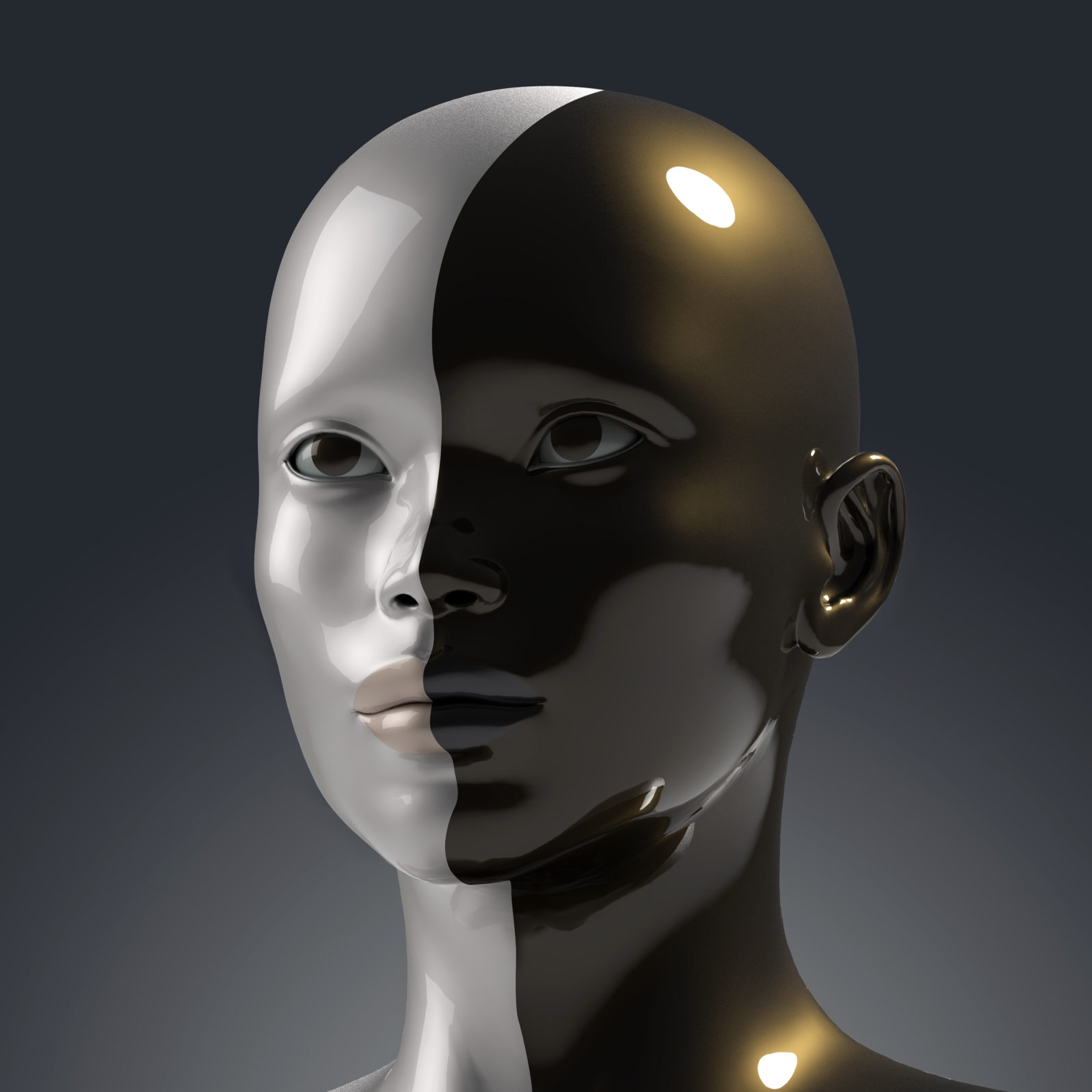Split Mind: The Strangest Theory in Neuroscience?
The idea that we might all have separate, undetected consciousnesses in each half of our brain supports materialism but there’s little evidence for itA century ago, many scientists — though certainly not all — cherished the hope that science would some day show that our universe is entirely determined by laws of physics physicalism. Neuroscientists insisted, along these lines, that the mind is simply the physical processes of the brain. But neuroscience is identifying many facts that show that the mind is independent of the brain.
While working on the book that neurosurgeon Michael Egnor and I are writing on neuroscience evidence for the human soul (Worthy, 2024), I learned something remarkable: Some people’s brains have been split in half (corpus callosotomy) to treat otherwise intractable epilepsy) typically continue to think normally. For people who believe that the mind is simply the buzz off the brain, this should be a surprising finding.
Roger Sperry (1913–1994) got the Nobel Prize for demonstrating subtle abnormalities in split-brain patients. The key word here is “subtle.” To associate a word with an object, he found, they needed to move their eyes slightly because the word and the visual image are identified on opposite sides of the brain. But most people just learn to adjust their vision automatically. Thus, the perceptual handicap goes unnoticed. In the meantime, most thinking goes on normally. Later research teams found that the handicap did not seem to apply to abstract ideas.

–Dual consciousness?
These research findings received little attention, possibly because, taken seriously, their implications are uncomfortable for many. The mind functions as a unity even when the brain is split, which suggests that the mind has some independence from the brain. Materialists simply cannot accept such an idea, so some of them came up with another one:
What if, they reasoned, split-brain patients are left with two separate consciousnesses that operate simultaneously? Thetwo consciousnesses might not be distinguishable by ordinary means but the minor perceptual handicaps that Sperry identified could be their signature. The dual consciousness proponents also pointed to alien hand syndrome, a neurological glitch where a hand (usually the left one) seems to be doing “its own thing,” interfering with the movements of the right hand, much as if it were guided by another consciousness.
It’s a very attractive argument for generating pop science and science fiction but not well-supported in neuroscience. For one thing, alien hand syndrome is not unique to post-corpus callosotomy patients; it can follow on a variety of neurological conditions where no one suspects dual consciousness. University of California (Santa Barbara) cognitive neuroscientist Michael Gazzaniga, who was at one time a student in Roger Sperry’s split brain lab, worked on a model of dual consciousness for a while. But he later hit on a better explanation: the brain may have hundreds of processing systems. It certainly may, but such centers would hardly be independent “consciousnesses.”
The idea of dual consciousness caught on much better in philosophy of mind than in neuroscience. It was just the sort of thing many theorists were looking for. As mind–body philosopher Roland Puccetti (1924–1995) put it in 1973, “It is customary to think of a human being as having a single brain, possessing a unitary mind, constituting a unique individual person. However recent studies of patients whose cerebral commissures have been sectioned to prevent interhemispheric spread of epileptic seizures suggest a very different state of affairs.” Gert-Jan C. Lockhorst offered in 1996, “Using Fagin’s and Halpern’s local reasoning models and an epistemic variant of Jennings’s and Schotch’s semantics of weakly aggregative modal logic, we argue that the hypothesis that split-brain patients have two coherent minds is preferable to the hypothesis that they have one incoherent mind.”
Split brain research did not, of course, demonstrate anything like that. Split brain patients show divided functions only in sophisticated tests. Otherwise, they adapt to their situation and perceive things normally. That’s hardly a lot of support for simultaneous dual consciousness when no strong evidence has emerged from other neuroscience sources. In a paper, neuroscience researcher Yair Pinto and colleagues took aim at “dual consciousness” claims:
… in the absence of any convincing proof against split consciousness, unified consciousness should be the default position. Both the patients and the people nearest to them claim that consciousness is still unified in the patient. Moreover, their everyday behavior confirms this. Thus, the claim of destroyed conscious unity is extraordinary, and requires extraordinary evidence.
The probable reason for scholarly attention given to the “dual consciousness” hypothesis is that the evidence of the unity of the mind — accepted at face value — undermines materialism. And there is plenty more where that came from.
You may also wish to read: Is Consciousness “Controlled Brain Hallucination”? No. Anil Seth explains away consciousness away using fashionable terms like that. As a pediatric neurosurgeon, I know from clinical experience that he is wrong. (Michael Egnor)
